With the rapid development of the world economy, coupled with the complex environment of China's border and coastal defense, coastal defense and border issues have become increasingly prominent. Cross-border gathering, hunting, fishing, smuggling, illegal border-crossing, illegal mining and other issues are more difficult to manage. Therefore, the intelligent coastal defense UAV technology, which features digitization, networking, intelligence and portability, has become one of the important equipment for information-based border and coastal defense management.
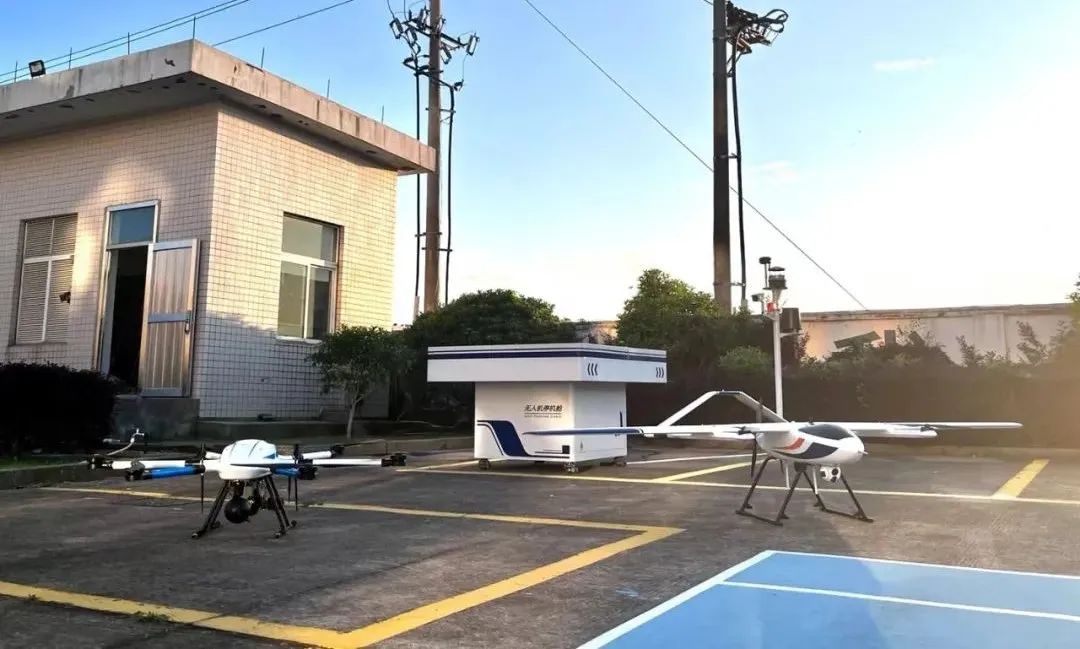
With the widespread application of patrol UAVs in border and coastal defense, Honeycomb intelligent coastal defense UAVs have become "new members" of border and coastal defense, assisting border patrol missions.
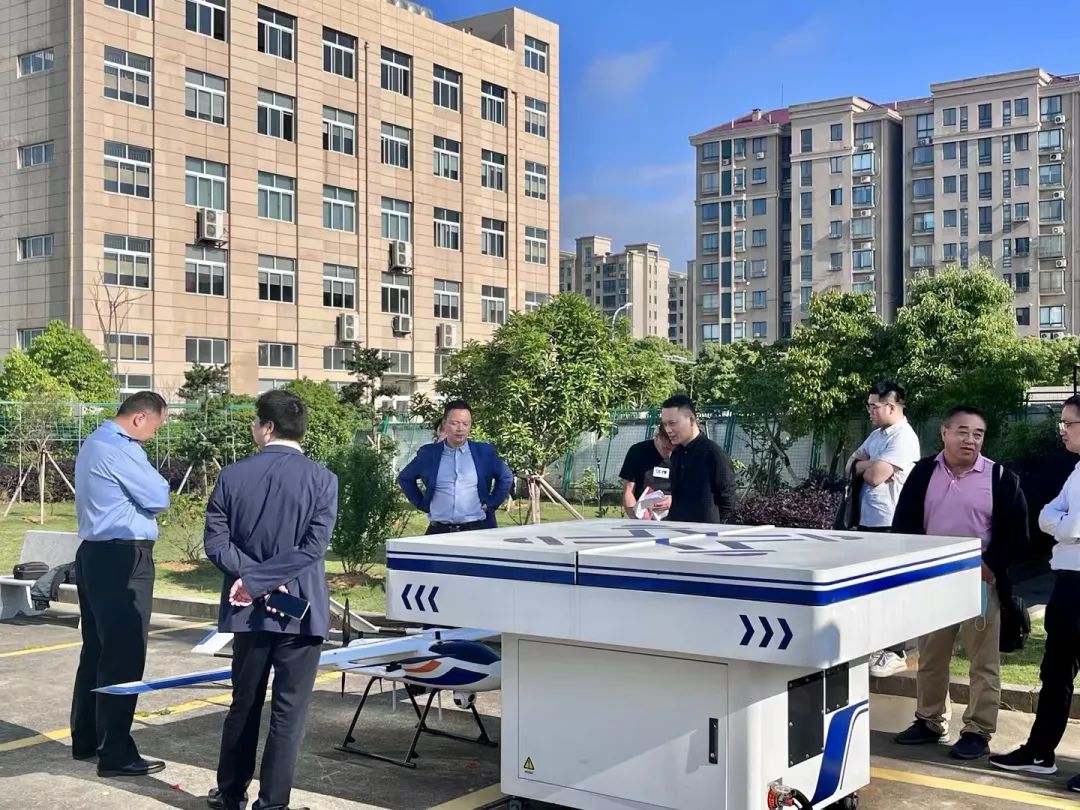
On May 7, 2022, at a Public Security Bureau in Taizhou, The inspection system of Honeycomb Aerospace intelligent UAVs, including the vertical takeoff and landing fixed-wing UAV HC-525 and the multi-rotor UAV HC-332H, carried out route presets and remote management. It allows for automatic cruising of the target area without the need to deploy a large number of police forces on-site. The UAV system can transmit the images and data it collects in real time for intelligent analysis and early warning. Supporting 24 - hour online "duty", Honeycomb UAVs have virtually become the "cruise police" of intelligent border and coastal defense.
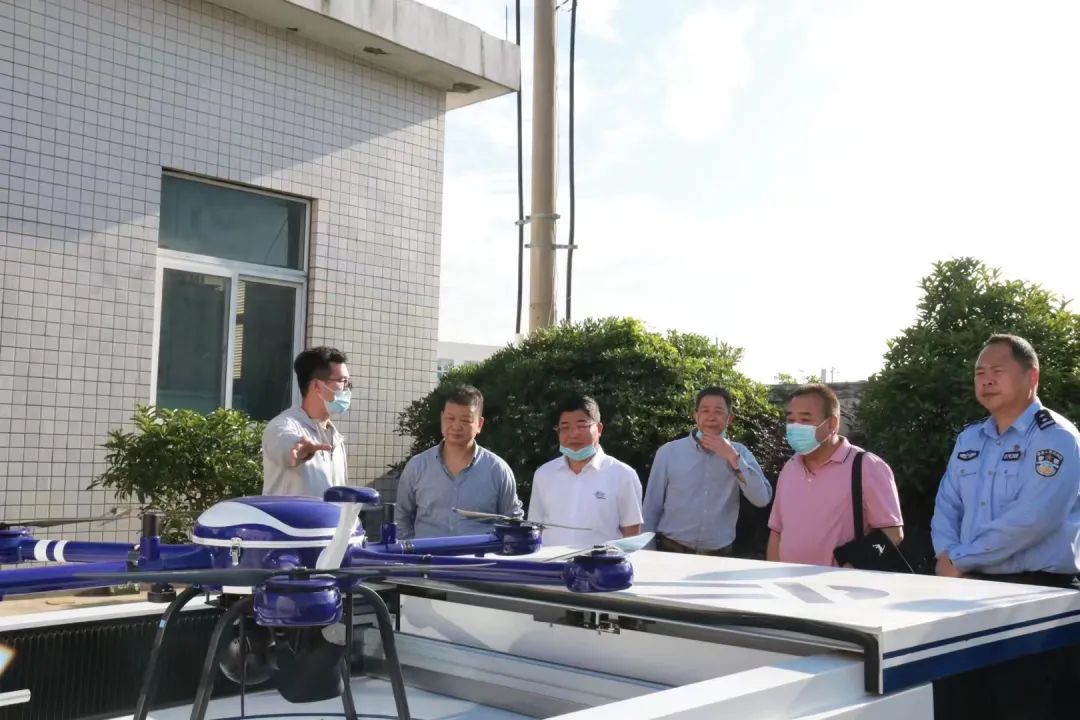
In the daily border and coastal defense inspection, the SU-30 intelligent unmanned inspection system of Honeycomb Aerospace can meet the demand for fine inspection within the police-designated range. It is a highly intelligent device with functions of remote control, autonomous operation, automatic charging, multi-machine cooperation and intelligent data processing. It can replace or assist other police equipment or police officers in completing routine patrol tasks. It can carry out real-time monitoring and transmit data in real time by carrying equipment such as a dual-light infrared camera, or directly receive task instructions from the platform. It can also carry out law enforcement tasks such as shouting and broadcasting with a high-altitude loudspeaker.

Water safety is an important part of Taizhou's emergency response system. Facing the vast sea area under its jurisdiction, relying solely on ships for maritime search makes it difficult to achieve the ideal search rate and efficiency within the jurisdiction. Inevitably, there will be many search blind spots. In this situation, the Honeycomb Aerospace 332H hybrid six-rotor UAV is used for maritime data collection. Its wind resistance level can reach up to level 6, and it can operate in light rain conditions. With a structure that allows for quick assembly and disassembly, it is convenient for transportation. The monitored images are transmitted in real-time to the command center via 4G, 5G or a private network. The command center can then monitor the UAV's inspection situation in real-time and promptly formulate treatment plans. It plays a crucial role in the maritime emergency rescue system.
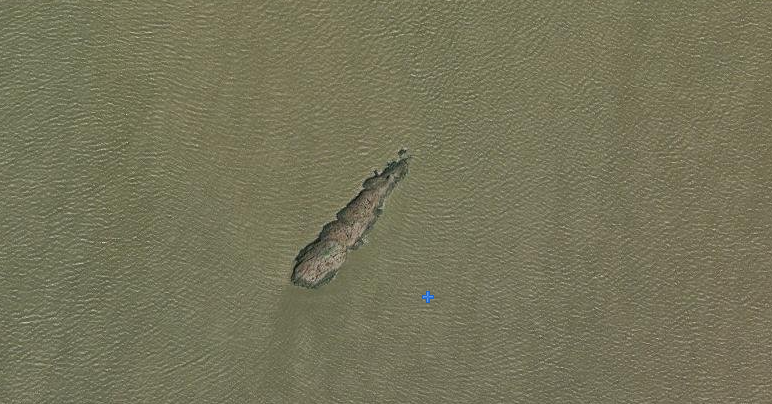
The Honeycomb UAV ascends to an altitude of 200 meters based on the geographical location of the target and the nearby terrain features. Taking the target position as the endpoint of the navigation waypoint, it flies in a straight line towards the suspicious vessel (the target is approximately 180 meters in length and has an average width of 45 meters). It reaches the vicinity of the suspicious vessel within a short period of time, captures high-definition videos, and transmits them to the command center, so as to formulate a reasonable rescue plan.
The HC-525 is a dedicated UAV for the SU-50 Intelligent automatic airport. It is not restricted by the take-off and landing site and has a long inspection duration, offering the optimal solution for long-distance zonal application scenarios. Flying along the predetermined route, the average distance between the route and the coastline is 3 kilometers, the total length of the route is approximately 25 kilometers, and the flight lasts for 25 minutes. During the flight, a suspicious vessel was spotted, and there is an unnamed island at the position of the crosshair in the image. The UAV circles around the island for observation and simultaneously calls for the 332H UAV platform.
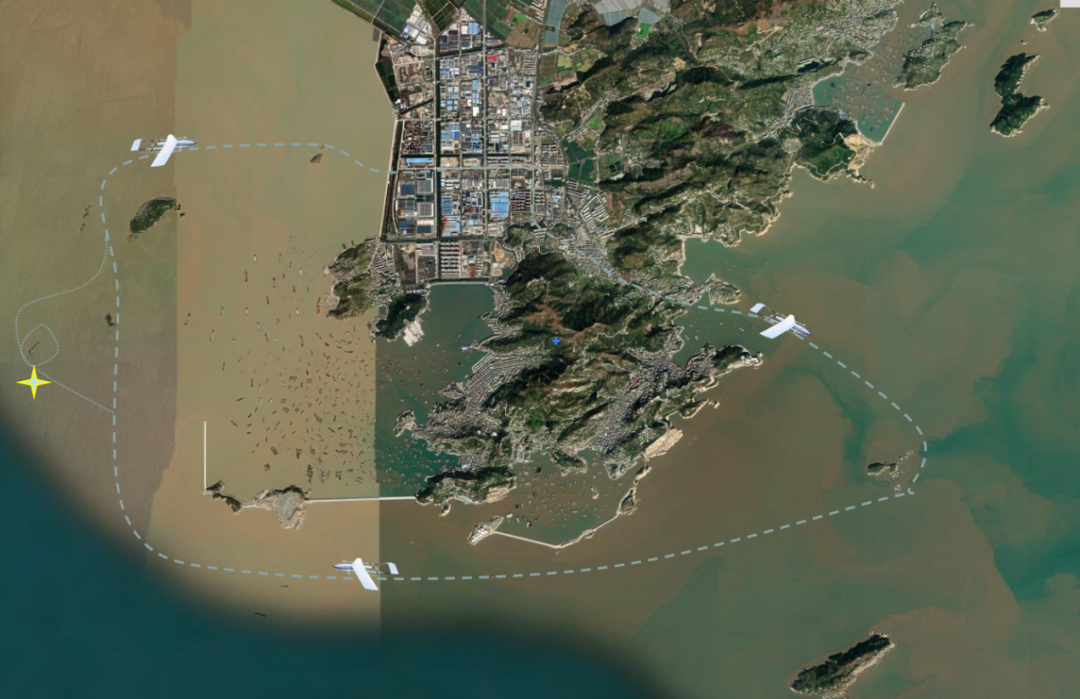
Application of Honeycomb UAV in Border and Coastal Defense
Maintenance and Management of Aids to Navigation
The traditional method of regular inspections by navigation-mark ships is highly susceptible to numerous factors such as weather and sea waves. It features low work efficiency and poses certain safety risks. The navigation-aids maintenance and management by Honeycomb Aerospace UAVs can achieve the collection and real-time transmission of video images of maritime navigation aids. This enables the navigation-aids management department to promptly, comprehensively, and accurately understand the status of navigation-aid facilities within its jurisdiction. As a result, the number of ship - based sea - going inspections is reduced, the cost of maintaining navigation aids is decreased, and the management efficiency of navigation aids is effectively enhanced. The inspection system of Honeycomb Aerospace UAVs contributes to the establishment of a three-dimensional supervision model that integrates sea (maritime inspection), land (land-based remote control), and air (aerial monitoring). It provides technical support for the realization of the planned goal of a "comprehensively-covered, efficiently-managed, high-quality-serviced, and timely-supported comprehensive nautical support system."
Emergency Buoy Installation at Sea
When new sunken ships, sunken objects, shoals and other hazards suddenly appear in the navigable waters for ships, the maritime navigation support department is required to immediately dispatch a navigation marker ship for emergency buoy placement. Since the exact locations of sunken ships, sunken objects, shoals and other hazards at sea cannot be known in advance, traditional navigation marker operation ships can only search while moving forward. This not only affects the operation efficiency and timeliness but also poses certain safety risks. However, by adopting the technology of Honeycomb Aerospace UAVs, the above difficult situations can be effectively overcome and they can play an important role.
Marine environmental monitoring and sea area management provide a reliable basis for decision - making, enabling a more rapid response. Moreover, the coordination among ground command, navigation - marker ships, and various personnel will be more thorough.
Honeycomb Aerospace UAVs have excellent maneuverability, a rapid response, strong endurance, and the ability to continuously track the development of situations. This helps the navigation support department to promptly grasp the on-site situation and make scientific decisions. Their advantages are more prominent compared to traditional navigation-marker ships and unmanned intelligent ships. In addition, with the development of low-light-level, laser night-vision and other technologies, new options are provided for the performance improvement of airborne sensors and equipment enhancement of the navigation support UAV system.

In the application of border and coastal defense patrols, Honeycomb Aerospace UAVs demonstrate numerous advantages, such as high mobility, efficiency, convenience, and a unique perspective. They are favored by various police departments and contribute to the "long - term development" of coastal defense work.
The deep integration and development of Honeycomb Aerospace UAVs and police applications, on the one hand, is due to the development of science and technology. With the development of artificial intelligence technology and 5G technology, UAV technology is constantly being innovated. Honeycomb Aerospace UAVs can carry different modules as needed and combine with various AI applications, thus enabling their in - depth application in more police fields. On the other hand, with the improvement of relevant systems and data integration, UAVs can complement the advantages of other police platforms and conduct joint operations, making UAVs an indispensable part of intelligent policing.








